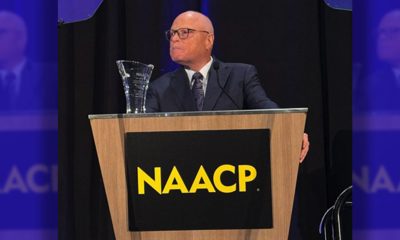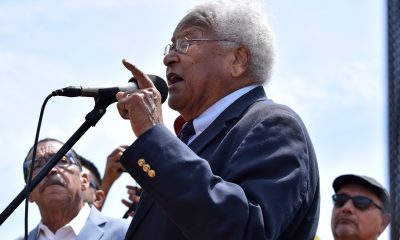National
Why Civil Rights Leader Diane Nash Refused to March at Selma


Laura Bush, second from left, and former President George W. Bush, as well as members of Congress and civil rights leaders make a symbolic walk across the Edmund Pettus Bridge in Selma, Ala., for the 50th anniversary of “Bloody Sunday,” a landmark event of the civil rights movement, Saturday, March 7, 2015. (AP Photo/Jacquelyn Martin)
Abby Phillip, THE WASHINGTON POST
(The Washington Post)—One of the civil rights movement’s most prominent leaders was absent from the historic re-staging of the 1965 march across Edmond Pettus Bridge in Selma, Ala. on Saturday.
Two presidents — including the country’s first African-American commander-in-chief – members of Congress, and civil rights leaders who marched 50 years ago crossed the bridge hand in hand. But not Diane Nash, one of the architects of the Selma strategy, and one of the most respected and prominent civil rights leaders of that time.
Nash refused to be present for the iconic moment for one reason: President George W. Bush.
###








































